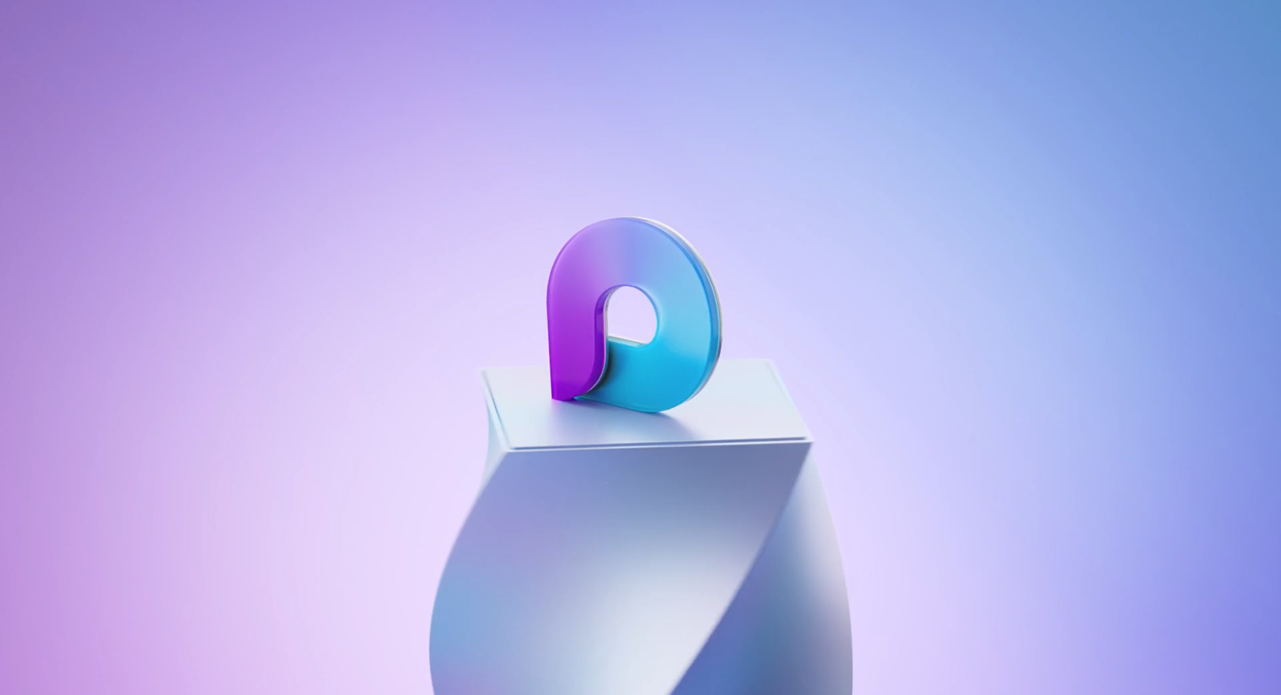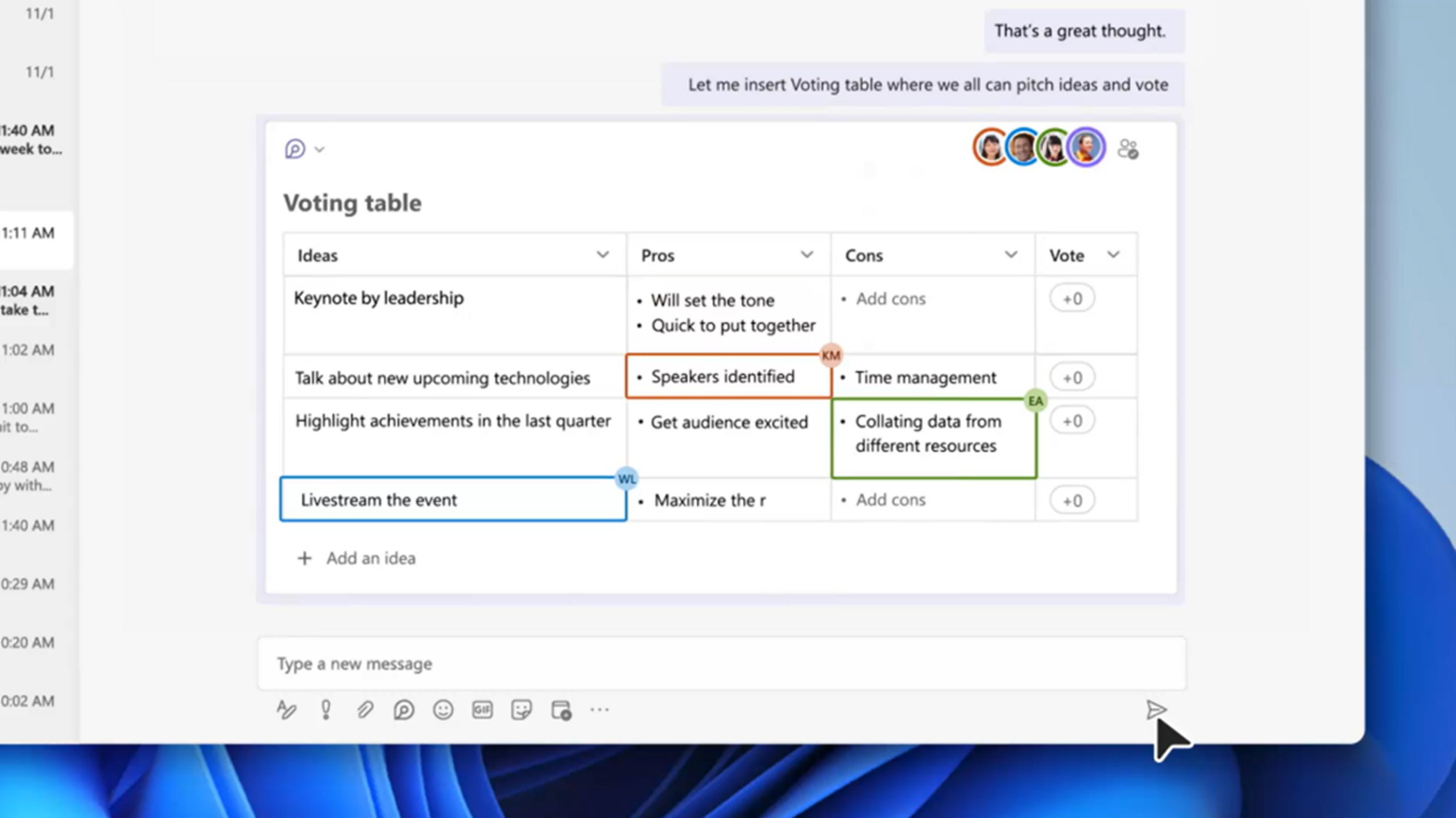
Published 18 January 2023
Say hello to Microsoft’s new collaboration platform. Full collaboration tools coming soon…
The way we work today looks a little different to before. Every generation is obliged to say, “I remember in my day…” and then regale an anecdote of exactly, how it was, in their day. As a millennial, my only exposure to fax machines were in scare stories around campfires and I’ve never written a cheque; I do however remember dial-up internet and home phones.
At work the way we communicate and collaborate is evolving at an ever-increasing rate, making way for smart new solutions that outgrow old habits. So, before I explain why I think static content is dead and we pay our respects to ‘Static Content’, let’s define what it actually translates to:
- Static: lacking in movement, action, or change and not able to be changed during a set period
- Content: something that is to be expressed through some medium, speech, writing, etc.
Looking through our modern day post pandemic lens of hybrid, asynchronous work styles, if something is static, it is dead. Content, comms, plans and schedules all frequently change. A message in a Teams chat or posted in a channel could be different today than it was yesterday, rendering it obsolete / static or rather static / obsolete. When two parties are misaligned, it can be a huge blow to collaboration with validation negatively affecting productivity, especially for dispersed teams. It also causes distrust of future information, slowing down processes.
Reimagining collaboration
Document creation was revolutionised by live and co-authored collaboration. For the first time, documents could be stored in SharePoint Online or OneDrive and shared via a link instead of an attachment and edited at the same time. This truly was a game changer.
Microsoft Loop, the new collaboration canvas from Microsoft delivers a similarly seismic shift in the way we work together. It takes the principles of live collaboration and breaking content down, into independent sections or components that can be edited and maintained by multiple people. And that means the concept of a traditional ‘document’ starts to dissolve.
We are now entering an all live, all transparent cloud with the emergence of applications like Miro, Mural and Notion (Loop’s suspiciously similar direct competitor). This shift away from static delivery and creation of content speaks to a deeper need for engagement from virtual dispersed teams bridging the gap of physical spaces and connection.
What is Microsoft Loop?
Microsoft Loop, formerly branded in parts as the fluid framework, is a brand new way to work together. Designed for a hybrid world, it combines a powerful and flexible canvas with portable components that stay in sync as Loops move freely across Microsoft 365 apps keeping your content fluid wherever you are working.
Loop is a fluid suite of collaboration tools made up of three core elements:
Workspaces: Group all important project elements in Loop workspaces to see what everyone’s working on and track progress toward shared goals.
Workspaces will be launching across M365 over the coming months.

Pages: Organise your Loop components and important elements in your project such as links, files, and data in Loop pages—flexible canvases that can grow to match the size of your ideas.
Pages will be launching across M365 over the coming months.

Components: Collaborate in the flow of work with Loop components. Work together on lists, tables, notes, or even a customer sales opportunity from Dynamics 365 on a Loop page or in a chat, email, meeting, or document.
Loop components have already launched in Teams chat, but they’ll be coming to Teams Channels and other M365 apps in the future. More information on Loop Components can be found here.

Closing the Microsoft Loop
So how do you close the loop for your team and super charge collaboration using Microsoft Loop?
Changing work habits of a diverse workforce is not an easy task. Rapid innovation and change over the last few years have dramatically increased the need to learn new ways of working and, more importantly, unlearn old ones. The level of change fatigue that employees are likely facing cannot be understated and needs to be managed effectively when introducing new applications and collaboration concepts such as Loop.
Here are our top tips to consider when launching new ways of working:
- One way doesn’t work for all – One of the great benefits and great complications of the Microsoft suite is that there are more than one way to collaborate. Guide and educate employees rather than mandating and ordering
- Foster and coach your early adopters – Heavily invest in those who are keen early adopters. They will help you to test, solve and showcase innovative new solutions acting as champions of the change
- Paint the picture for your organisation – People don’t know what they don’t know. Inspire your teams with the art of what’s possible through early successes. Our recent project with Bupa demonstrated this well
- Offer ongoing support to your employees – When your people want to learn or find out more, make sure there are resources and training available for them. Remember that not everyone goes at the same pace
- Get seniors to endorse – Get your senior stakeholders to model and endorse new ways of working to raise the profile of the change throughout the business
What’s next?
Microsoft Loop is just one of several exciting new applications focused on improving the way we work and engage with each other at work. It paves the way for smart solutions to help the way we communicate and create content.
Will the deconstruction of the faithful document make way for a complex tapestry of independent content ‘building blocks’ that we will pull together to convey, present and share ideas? Will we only ever have to update information once in one spot and it be respected in multiple locations and documents? Only time will tell, but I predict yes.
Wherever this new fluid canvas takes us, it’s going to look a lot different, so make sure you and your people are ready.
As the Microsoft global partner of the year for Employee Experience we know a thing or two about technology and people and how to get them to work together. Get in touch to chat about how you can get the most out of your M365 licences to better serve your most important asset, your people.
About the author
Jack Hendy is a senior change and adoption consultant at Engage Squared. He has been helping people fall in love with technology for over six years in two hemispheres. He enjoys telling stories that change mindsets, playing golf and laughing raucously.